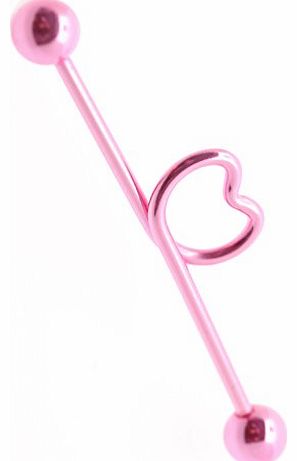
Ball Back piercings come in various shapes, including straight, curved and “twister”, depending on where the piercing is located. By considering the size of your earrings, your activity level, and your personal preferences, you can select a post back that will help you feel confident and stylish in your new piercing.īall back, also known as barbell earring, has a straight post with a screw-ball on the end (or on each end). Whether you prefer the simplicity of butterfly backs or the added security of screw ball-backs, there's a post back type that will work for you. Musemond piercings are available in 3 types of post backs: flat backs(labret), ball backs & butterfly backs(regular studs).Įach type of post back has its own advantages and disadvantages, so it's important to choose the one that works best for your needs and preferences. If you want to stretch your earlobe or cartilage piercing, you can increase the gauge gradually to accommodate larger piercings. It is a good step to gradually increase the hole to wear various piercing designs.ġ6 gauge (1.2mm): The 16G can be used for cartilage piercings, and the usual surgical steel piercing post is 16 gauge. A standard earring post gauge is 20G, and they are available in butterfly push-back or ball-back.ġ8 gauge (1mm): The 18G is the most common size for cartilage as well as higher lobes. The most common gauge sizes for ear piercings are 20G (0.8mm), 18G (1mm), and 16G (1.2mm).Ģ0 gauge (0.8mm): Most people start with the thinner 20G post gauge especially for earlobe piercings. Different post gauges are chosen for various reasons - from location on the body to the initial piercing size your body is pierced with. The thicker post gauge can be used to stretch your piercing hole further. It supports the front charm and controls the diameter of the piercing. The post gauge is the thickness of the post bar that fits through the hole. Rook: Curved Bar: 6mm | Hoop Inner Diameter: 5-6mm Helix: Standard: 6mm | Thin Ear: 5mm | Thick Ear: 7-8mmĬonch: Standard: 6mm | Thick Ear: 8mm | Hoop Inner Diameter: 10-12mm Lobe/Second Lobe: Standard: 6mm | Thin Ear: 5mm | Thick Ear: 7-8mm The post length refers to the diameter for circular piercings such as horseshoes, and the vertical length of a curved barbell. The suitable length of the post depends on the placement of the piercing.Ī shorter post is ideal for helix, tragus, conch (for flat-back and barbell) piercings, as well as the earlobes while longer posts are suitable for industrial piercings or those with thicker earlobes. The post length is the wearable length of the earring and refers to the distance between the charm and the back ball (excluding the front charm and the backing ball/disc). Please note that there may be individual differences depending on your ear anatomy. **The size guideline is for reference only. That’s why we’ve put together the ultimate piercing size guide to cut through the technical terms and make things clearer. There are a variety of factors to play with, from post gauges to lengths and different kinds of back types. And things like weight loss or gain, medications, etc can also effect things! I’ve seen clients loose weight or start a new medication, and piercings that are 5 or 10 years old change shape and can go shorter! It’s as individual as you are.If you’re new to piercings, finding the right information on different types of piercings and piercing sizes can feel like a challenge. Some folks live in a climate were swelling is common, and their piercings stay slightly puffy till they are fully healed, and then they get a second downsize. Some clients may be more prone to swelling, and may find they stay slight swollen much longer, meaning they can only downsize a half size at a time. Because they puff up in a matter of hours, and take months to fully go down, they get lots of downsizes. As that swelling goes down slowly, the bars get shorter each time.

This could be because they are a piercing prone to a -lot- of swelling right away that subsides slowly over time- like cheek piercings for example. Well, that all depends on a lot of factors! Some piercings only need to be downsized once, and after that, they are perfect! Some piercings need a few downsizes.


 0 kommentar(er)
0 kommentar(er)
